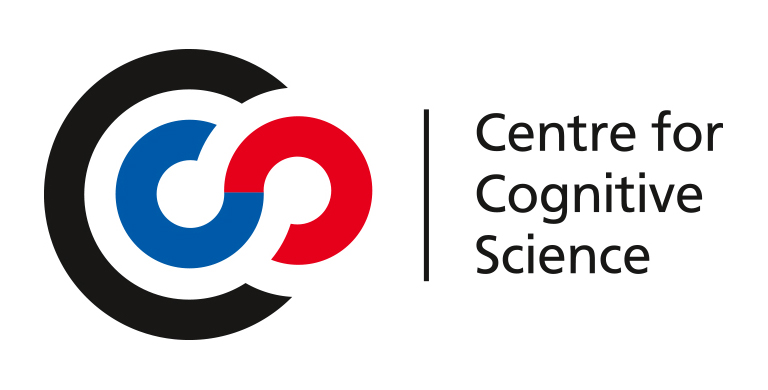The sense of agency is a subjective feeling of having caused an event through our own action. The current understanding of when we perceive such a causal link between our action and the action outcome is still limited.
As part of the The Adaptive Mind (TAM) project we investigate the sense of agency both from a theoretical point of view, using Bayesian causal and control models and machine learning (ML) techniques, and from an empirical side, developing new methods to measure agency in motor control tasks.
Moreover, a particular focus of the TAM project is also to form an understanding of how predictive and adaptive processes are affected in psychoses, such as observed in patients with schizophrenia spectrum disorder (SSD). It is known that patients with SSD or even persons with strong schizotypal traits can have an altered perception of causality, agency, or body structure representation (Fotia, Jason, Van Dam, Ferri, Romei, 2021; Fotia, Van Dam, Sykes, Ambrosini, Costantini, Ferri, 2022).
Therefore, in cooperation with the Translational Neuroimaging Lab from Marburg we are comparing healthy control participants with schizophrenic patients. The aim of the project is to gain a better understanding of the sense of agency in general and, more particularly, how this is affected in schizophrenia.
Objectives:
- Update the methodology for measuring agency
- Build a Bayesian model for the sense of agency
- Examine the potential development of the sense of agency using ML-techniques
- Elucidate parameters that might be affected in schizophrenia



